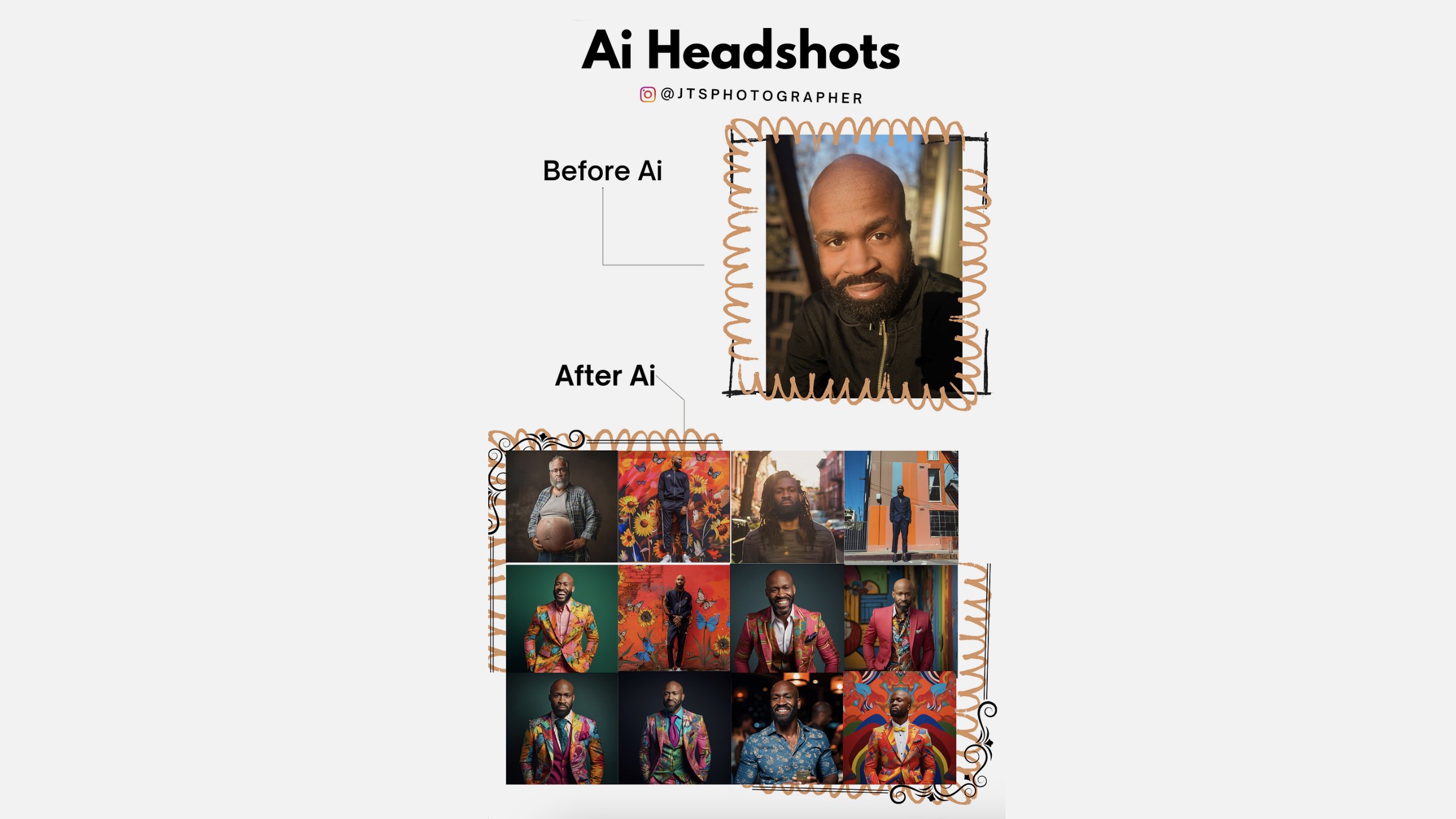Get Exactly What You Want From Generative AI With These Simple Prompting Tips

Getting the most out of AI primarily involves knowing how to talk to it. While large language models are designed to spit out naturalistic language and can understand it as well, there are ways to write your requests that will get you closer to the results you want and faster.
All AI tools, including the most frequently used ones—like OpenAI’s ChatGPT (for text), OpenAI’s Dall-E (for images), Microsoft’s Copilot (task assistance powered by OpenAI), Adobe Firefly (for images), and Anthropic’s Claude (for text)—respond to prompts. This is the information that you provide in the form of a phrase or sentence(s) to the AI tool. A prompt is essentially programming through words.
In turn, the AI interprets your prompt through a combination of machine learning (an algorithmic system that does not rely on explicit instructions) and natural language processing (the ability to understand language).
Whether you’re looking to rewrite your resume, create some new artwork for your walls, or craft a video message for a friend, it helps to know how to approach AI overall and for each type of job. But there are some tips to follow, no matter the task. In this guide, we’re going to go over those first, and then we’ll get into the nitty-gritty of some best practices for text, images, and video.
Use Clear Language
Direct communication is key to any good human relationship and any AI one, too, as it turns out. Be direct in your request. Don’t use complicated sentence structure or sophisticated vocabulary. If you want Dall-E 3 to depict a sunset at the beach, it should be “Create a photo of a sunset at the beach” and not “Create an image of the sun as a glowing orb in the sky against pinks and deep blues as it lowers toward the sand and disappears into the ocean.”
If you want a short summary of something, say that. Uf you’re looking for an extensive essay, specify how many paragraphs you’re looking for. So, if you have no idea how the Roman Empire ended but do not want to read all six volumes of “The History of the Decline and Fall of the Roman Empire,” you can ask ChatGPT for “six paragraphs on how and why the Roman Empire ended.”
Be Specific
While today’s generative AI systems are more powerful than ever, they still can’t read your mind. To get what you want, you need to tell the generator exactly what you’re looking for.
Let’s say, for example, you envision a Mediterranean landscape with a villa by the sea, some fields of flowers and crops, an occasional animal or two, and very few people. To get AI to generate that image effectively, you’ll have to put all those details in your prompt. In fact, you may even have to specify where in the image each thing appears. Tell the AI whether something is in the background, foreground, or to one side of the scene or the other. The more exact you can be with your words, the more accurate your
Provide Context Clues
Nothing exists in a vacuum, including you and the AI you’re conversing with. If you want to plan a perfect Paris getaway, you’re going to need to let AI know more about your trip than “Write me up a five-day itinerary for a trip to Paris.” Let it know what time of year you’re going, the types of things you enjoy doing, and what type of transportation you’re taking. You’ll get something far more useful if you say, “Plan an itinerary for me for five days in Paris. I am going in late October and want to see the major sites and visit some museums. I am going to take the Metro from place to place, so please add all the stops on the itinerary.”
Part of a Paris itinerary from ChatGPT using the better prompt (Image: Shutterstock / insta_photos)
Give Feedback
Just because the first response you get from an AI prompt doesn’t result in exactly what you wanted, don’t give up. There is undoubtedly a germ of your vision in there, so build on it. Think of prompting as having a conversation. If the six paragraphs about the Roman Empire that you got back from the example above are too overwhelming, you could try literally responding, “Explain it to me like I’m a third grader.” If that Mediterranean villa you wanted a painting of came with a car parked outside, just type, “Remove the car.”
Tips for Getting Better Text Responses
When working with AI tools, particularly for text, you’re going to want to flex your search skills, according to Hollie Gardner, founder of Gardner AI Insights and lecturer at the University of Texas at Austin’s Center for Integrated Design.
In an email interview with PCMag, Gardner said that despite the extensive experience we have with search on today’s internet, we are not prepared for how unstructured the databases of AI tools are. So in addition to the steps above, Gardner recommends approaching AI from a persona point of view. “Ask the chatbot to act as a specific persona, such as an expert in a field or someone who is addressing a specific audience, to frame the responses in the desired context,” she says.
Gardner also advises that you specify a format for the output, whether you want bullet points, paragraphs, a table, etc. In addition, she suggests you provide a template of the outline or headings for the desired output. “Even use an example of what the response should look or sound like,” Gardner says.
Above all, if you’re using an AI tool to help with text that you want to sound human-generated, insert your own actual words. “My key recommendation is to not treat an LLM as a replacement for you,” Gardner says. “I cannot think of a time when I have simply hit copy and paste an LLM response without editing and adding my own voice. It feels too inauthentic to me.”
Tips for Optimizing Images and Video
Photographer Justin T. Shockley has made AI a part of his practice. In an interview with PCMag, he contended that the skills needed for prompting and photography are not terribly different. “The way to become a great photographer is to educate your eye visually,” Shockley says. To get the most out of an AI tool, he says you must similarly seek out good, clear writing to act as an example.

AI can turn a standard headshot into a full photoshoot (Credit: Justin T. Shockley)
Before you direct AI to create an image, picture it in your mind. What words would you use to describe it? Think about the overall feeling it evokes. Is it dreamy? Scary? Use the words you come up with in your prompt.
Recommended by Our Editors
For the major elements in the image you’re creating, isolate each one to a noun and then compile a list of adjectives to describe it. You don’t have to use all of the words you brainstorm, but the exercise of putting them all down in a list will help you develop a clearer way to express what you’re after.
If you have an artist’s work in mind and want to incorporate similar stylistic elements into your image, find the movement they belong to (Impressionism? Cubism? Art Deco?) and the mediums they create with (Pencil on paper? Oil on canvas? Wide format film?). Use those words in your prompt.
“Understanding the language and vocabulary of the field is crucial for writing effective prompts,” Gardner says. “I recommend using reference resources to bridge any knowledge gaps.” She recommends Eyecandy, a library of gifs, as a great resource for learning visual vocabulary. You can tap on or type in a term and see examples of the concept.
“For images and video, provide detailed descriptions of elements like lighting, animation, filters, camera positions, and framing,” Gardner advises.
Shockley has used AI to hone his photo shoots, as well as to create printable designs that are meant to help with mental health. He acquired his own AI skills by watching tutorials on YouTube, and he recommends that anyone interested in maximizing the quality of their AI-generated images and videos do the same. While he has a long list of videos that have enhanced his own work, he said that those from Matt Wolfe, creator of AI tools hub FutureTools, are a good place to start for most people.
If you’re far from an expert and are looking for a tool to use, Gardner recommends Canva Magic Media. “It’s pretty user-friendly, especially for non-graphic designers such as myself, and you can embed images directly into the medium you’re designing for.”
Be Aware of Limitations
It’s tempting to trust everything that AI generates and assume that it’s valid and ethical, but remember that this powerful technology is far from infallible. AI is prone to hallucinations, providing inaccurate information that it presents as definitive. There are also major ethical issues to take into consideration when using AI, such as where its training material came from and whether the creators of that material consented to its use. So as you venture forth into this realm of unbridled creativity, where anything you want can be generated in seconds, just be sure to look at everything you encounter with a critical eye.
Get Our Best Stories!
Sign up for What’s New Now to get our top stories delivered to your inbox every morning.
This newsletter may contain advertising, deals, or affiliate links. Subscribing to a newsletter indicates your consent to our Terms of Use and Privacy Policy. You may unsubscribe from the newsletters at any time.



